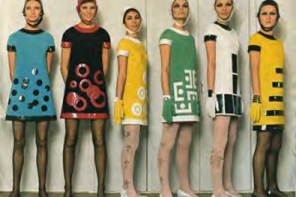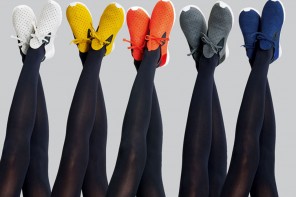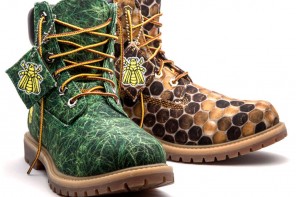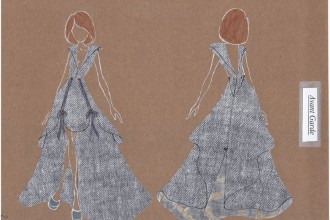H &M has topped the list of the world’s biggest users of certified organic cotton, according to the Textile Exchange’s latest report.
The Swedish fashion chain made a 29% increase in its use of organic cotton in the past year, which comes as part of the company’s target to use only sustainable cotton in its products by 2020.
Textile Exchange’s Organic Cotton Market Report placed H&M as the biggest user of organic cotton, with 10.8% of its cotton used in 2013 certified organic, an increase from 7.8% in 2012.
“With its constantly increasing demand for organic cotton, H&M sends an important signal to producers and at the same time makes more sustainable fashion accessible and desirable to a broad target group,” said Textile Exchange’s managing director LaRhea Pepper.
H&M took first place in Textile Exchange’s annual rankings after topping them before in 2011. H&M currently labels garments containing at least 50% organic cotton with a dedicated tag. Other top buyers include C&A in second place, followed by Puma, Nike, and new contenders Decathlon and Tchibo.
H&M’s environmental sustainability manager Henrik Lampa said: “To achieve our ambitious target, we create a growing demand for certified organic cotton, while additionally investing in Better Cotton and pioneering recycled cotton. All together this means major improvements for people and the environment and makes clear business sense.”
Better Cotton Initiative
Using more organic cotton helps to reduce the use of harmful pesticides in agriculture. Cotton uses up to 16% of the world’s insecticides, polluting water, and damaging the local ecosystem.
The fashion chain is involved in the industry-wide Better Cotton Initiative, which aims to reduce stress on the local environment and farmers. Between 2011 and 2013 H&M invested more than €2m in Better Cotton’s Fast Track Programme which helps farmers to produce more sustainable cotton by minimising harmful environmental impacts, using water efficiently and promoting ethical working conditions.
As of the end of 2013, Better Cotton represented 5% of H&M’s total cotton use and the company has launched its first products made with recycled cotton from consumer textile waste. H&M estimates that at least 15.8% of its cotton is ‘sustainably sourced’ according to its latest sustainability report.
H&M is now using more recycled material in its clothing, with 20% recycled materials now present in its new denim collection. In March, H&M’s head of sustainability Helena Helmersson was quoted as saying: “The circular economy is a prerequisite for us. It is embedded in our long-term profitability. It’s really close to the business and to use natural resources in this way is actually cost-efficient.”
Earlier this month, furniture giant IKEA announced it was aiming to secure 100% of its cotton from more sustainable sources by the end of 2015 having reached 72% in 2013, thanks largely to its work with WWF on the Better Cotton Initiative.
Source: edie











